24 fascinating facts about Cornwall: pasties, mines and culture!
If you’re planning a trip to the most South Western county in the UK, take a look at these Cornwall facts!
These facts about Cornwall encompass some of the most interesting things to know about this part of the country.
While Cornwall’s an idyllic British holiday destination for many, there’s a lot more to this part of the UK than meets the eye.
In fact, the dramatic coastline whispers fascinating tales of smuggling and folklore, the Cornish flags flying high from masts all over the region demonstrate centuries of unique Cornish culture and modern trains and cars had some of their origins in Camborne in West Cornwall.
I’ve spent years travelling the length and breadth of Cornwall; my family is from this beautiful part of the country and I live next door in Devon.
On my travels, I’ve heard lots of these Cornish facts, and have learned plenty more from my family and from my extensive research about Cornwall (I’ve even learned a little of the language – more on that below!).
So, let’s go into the best Cornwall facts that I’ve picked up over the years!
Cornwall facts about mining
Cornwall has a long and proud history of mining, with tin and copper being the most important minerals extracted from the ground.
The industry played a crucial role in shaping the region’s economy, culture, and landscape.
Today, visitors can explore the fascinating history of mining in Cornwall by visiting museums, heritage sites, and even underground mines.
Plus, you can dig (pardon the pun) into its history a little more by learning about these mining facts!
Cornish pasties were popularised by miners

Cornish pasties are a delicious, savoury pastry that has become a beloved food in many parts of the world.
But did you know they were originally popularised as a practical meal for Cornish miners?
The pasty’s unique shape and filling were designed to be easily transportable and filling, making it the perfect meal for workers to take into the mines.
But, contrary to popular opinion, they weren’t created for Cornish miners – they were in circulation long before mining’s heyday. In fact, many people in Devon say that they originally came from here – I’m not going to comment!
Today, the pasty is a popular food not only in Cornwall but also in other parts of the UK and around the world; there have been adaptions
50% of the world’s tin came from Cornwall in the 19th century
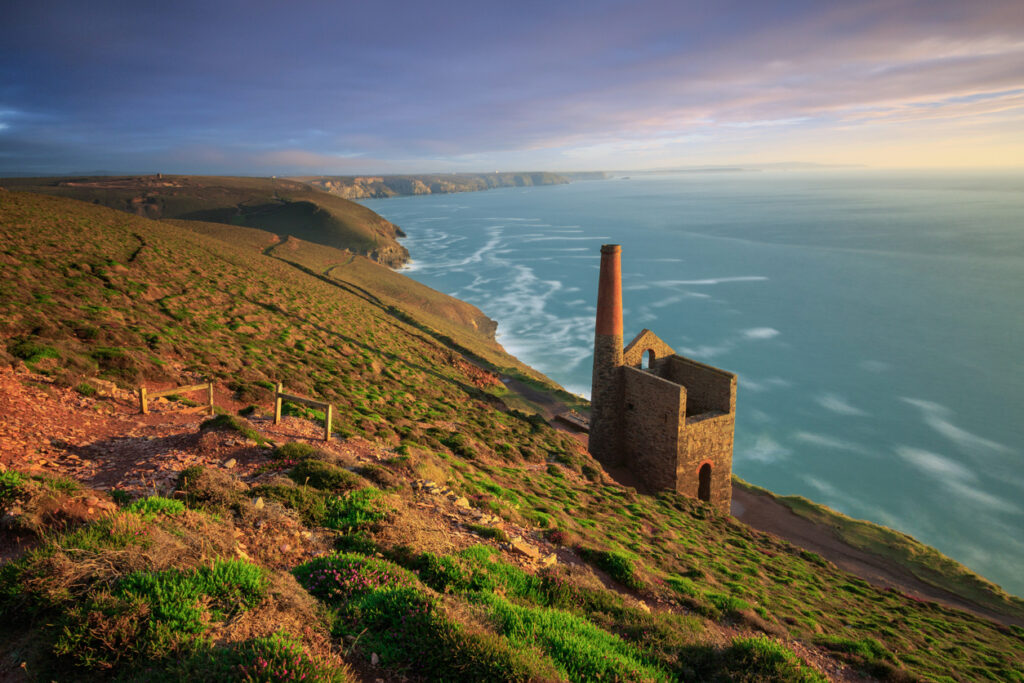
Cornwall was once the world’s leading producer of tin.
In fact, it is estimated that 50% of the world’s tin came from this region during the 19th century.
This valuable mineral was used for a variety of purposes, including the production of bronze and tinplate.
The mining industry in Cornwall was a major driver of the local economy and provided jobs for thousands of people.
Tin mining is no longer a major industry in Cornwall,
Nowadays, all the tin mines in Cornwall are closed (although there is some clay mining) – but you can experience the region’s rich history can still be seen in the many abandoned mines and mining museums that dot the landscape.
Around 250,000 Cornish migrated abroad in the 19th century
During the 19th century, approximately 250,000 people from Cornwall migrated abroad, thanks to the Cornish tin mining industry declining and opportunities for work becoming scarce.
Many Cornish people moved to countries such as the United States, Canada, Australia, and South Africa in search of better prospects; they generally moved to places with burgeoning mining industries.
The Cornish were particularly specialised in hard-rock mining, in comparison to miners in the rest of Europe and the UK.
The Cornish diaspora had a significant impact on these countries; many Cornish immigrants set up new mines and today they brought over the ubiquitous Cornish pasty!
Today, many descendants of Cornish migrants still maintain strong connections to their Cornish heritage and identity.
In fact, over the pandemic, people from all over the world began learning Cornish, thanks to lockdowns moving classes online!
And you’ll find Cornish towns in Mexico, the USA and Australia
As people from all over the world have Cornish connections, you’ll find Cornish towns in various parts of the world, including Mexico, South Africa, and Australia.
In Mexico, you can visit Pachuca and sample fresh pastry enclosing Mexican ingredients like frijoles (beans) and rajas con crema (pobalno peppers and cream). It’s also home to the world’s only Cornish Pasty Museum – there isn’t actually one in Cornwall!
I noticed the West Country accent that I know and love so well when I visited Sovereign Hill in Australia’s Ballarat, but Moonta in South Australia is often considered the country’s “little Cornwall”, with miners’ cottages and mining attractions.
The region was once home to the deepest and oldest mine
Cornwall was once home to the deepest and oldest mine in the world.
Dolcoath operated for over 250 years and reached a depth of over 1,000 metres (around 3,300 feet).
It began to be used to mine for copper in 1721, when it measured around 91 metres, and closed almost exactly 200 years later, in 1920.
Facts about Cornish culture
Cornish culture is rich and distinctive, with a strong sense of identity and tradition.
From music and dance to food and drink, there are many aspects of Cornish culture to explore.
Discover the unique language, explore the art and craft traditions, and learn about the history of the region’s mining industry – these facts will give you a slice of Cornish culture!
Cornish people have a minority status in the UK
Cornish people are recognized as a national minority in the UK, which acts as a homage to their distinct culture, language, and identity.
This status was granted in 2014 under the Council of Europe’s Framework Convention for the Protection of National Minorities.
This means that the UK government is legally obligated to protect and promote Cornish culture and language, and to ensure that Cornish people have equal access to public services and opportunities.
This recognition of minority status is an important step towards acknowledging and celebrating the diversity of the UK’s population.
A lot of Cornish people think that the county should be independent

Back in Medieval times, Cornwall used to be its own country; they were assimilated into England in 838 AD.
The idea of Cornish independence has been a topic of debate for many years, with a significant number of Cornish people believing that the Duchy (it’s one of the only two in the UK) should be independent.
Supporters of Cornish independence argue that the county has a rich cultural history and distinct identity that sets it apart from the rest of England, and as such, it deserves to have its own government and decision-making powers.
However, opponents argue that Cornwall is economically dependent on the rest of the UK and that independence could lead to financial instability.
For me (as someone with Cornish heritage and family), the very least is that Cornwall deserves is more recognition of its unique heritage; and possibly devolution like Scotland and Wales.
Cornwall has its own language
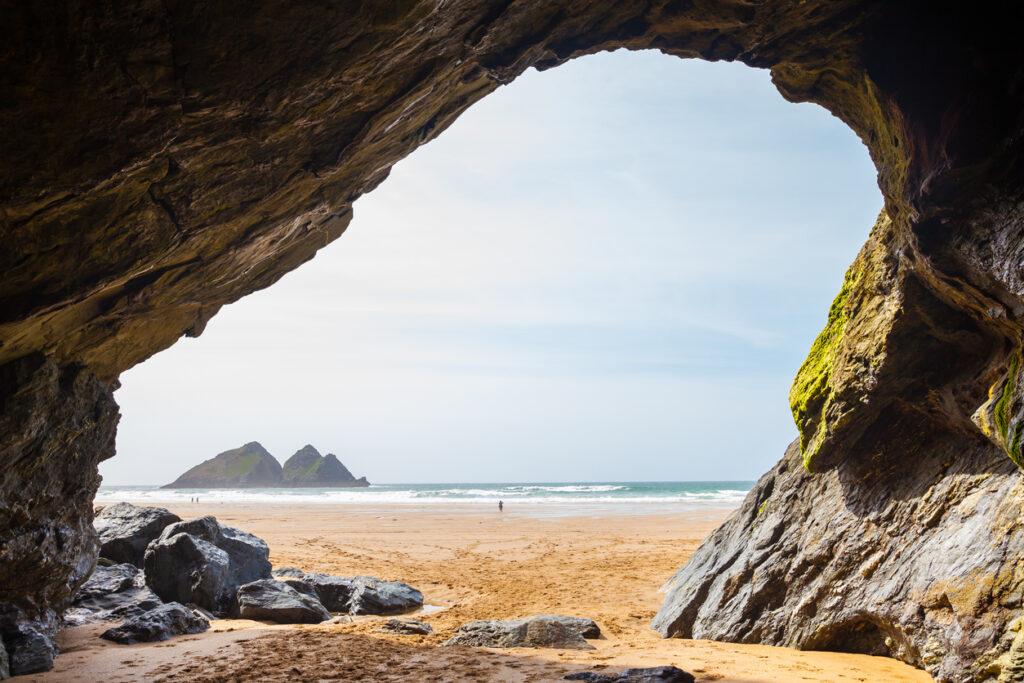
One of the things that completely sets Cornwall apart is its own language.
Otherwise called Kernewek, Cornish a Celtic language related to Welsh and Breton (a language spoken in Brittany, which is also Celtic).
This language was widely spoken throughout Medieval times, but as Cornwall became gradually assimilated into English culture the language was less and less spoken.
If you’re a history nut like me, you can walk from Mousehole to the tiny village of Paul and see the grave of Dolly Pentreath, who was one of the last speakers of the Cornish language!
However, research claims that she maybe wasn’t the last Cornish language speaker.
In recent years, the Cornish language has had a resurgence, partially tied to the growing passion that locals have for their homeland.
Nowadays, it has 2,000 fluent speakers, and while you won’t hear much as you explore the land, you’ll notice the language in place names.
Plus, many local’s surnames are Cornish; I’ve actually traced my family back to the Tremayne family, who were a prominent Cornish family in the 15th century.
Cornwall also also shares a lot of history with Brittany, Scotland, Wales and Ireland
Cornwall’s Celtic heritage means that it shares a lot of history with the other Celtic nations, including Brittany, Scotland, Wales and Ireland.
Cornwall has a strong maritime history and has been a trading hub for centuries, which has contributed to its cultural exchange with other countries.
One of the best ways to see this is how Cornish is very similar to Welsh and Breton!
In Cornwall, you put the jam on first!
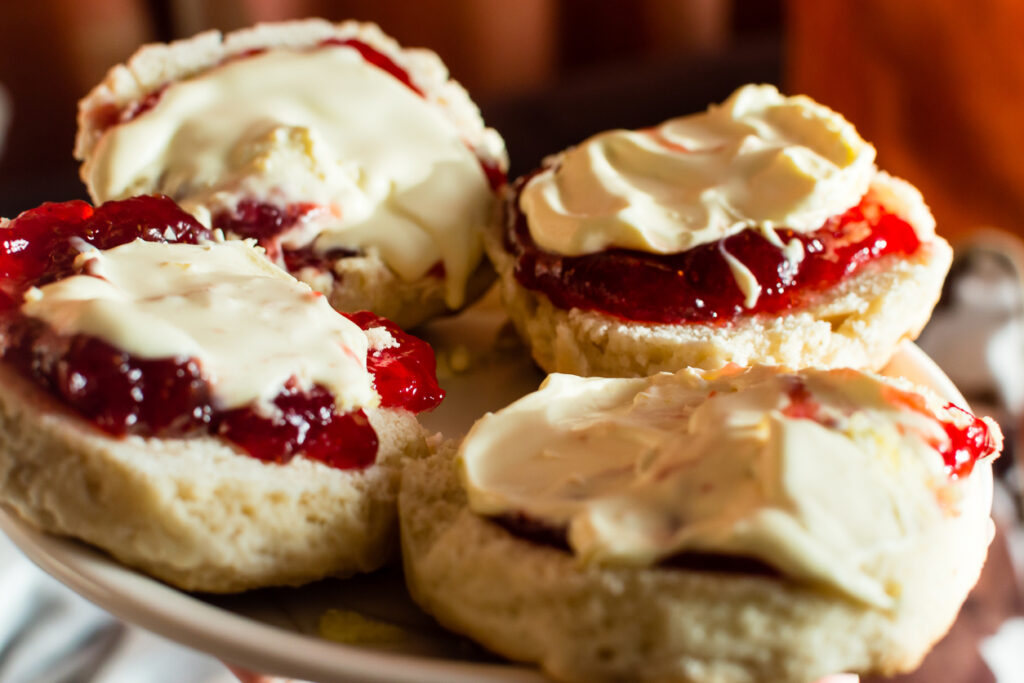
Cornwall’s tea culture revolves around one delicacy: the afternoon tea.
But, if you’re consuming one of these while you’re in the region, make sure you get one thing right…
Put the jam on first.
This fact always starts a few brawls, especially as I live in Devon… but both counties serve cream teas with jam, clotted cream and scones.
In Devon, you put the cream on first and then a layer of jam. In Cornwall, it’s the other way around – spread the jam onto your scone and then add some cream!
As a Cornish person who lives in Devon, I never know what to put on my scones first!
Facts about Cornish geography
Cornwall’s geography is unique, with a rugged coastline, rolling hills, and moorland landscapes.
The region boasts some of the most stunning beaches in the UK, as well as dramatic cliffs, hidden coves, and picturesque harbours.
However, Cornwall’s unique geography contains some incredible facts that you’ll love when planning your trip!
There’s only one city in Cornwall!
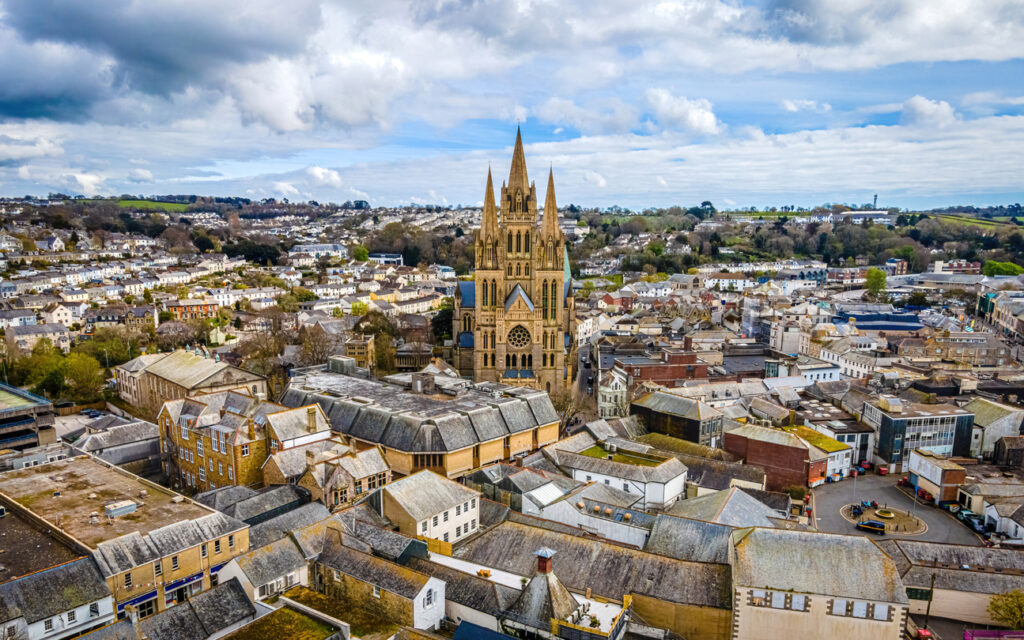
Cornwall is largely a rural county, with fishing villages and small towns like Port Isaac (home of Doc Martin), Newquay and St Ives being the most famous.
What it doesn’t have is big cities. In fact, it only has one city – Truro!
Truro was first a stannary town and then became a prosperous settlement in the 18th century. A lot of it was built with Bath stone, which is why it looks a little like Bath in Somerset!
It became a city after the Diocese of Cornwall was established in the late Victorian age, and the cathedral was built. While it’s not as historic as other cathedrals in the West Country, it’s one of the best free things to do in Cornwall (entry is donation-only).
And some of Cornwall’s towns are bigger
While there are plenty of things to do in Truro, it’s not exactly a thriving metropolis. In fact, it’s home to just 20,000 people!
The biggest towns are Falmouth, Camborne, Newquay and St Austell, and all are larger than Truro.
Cornwall has the longest coastline in the UK
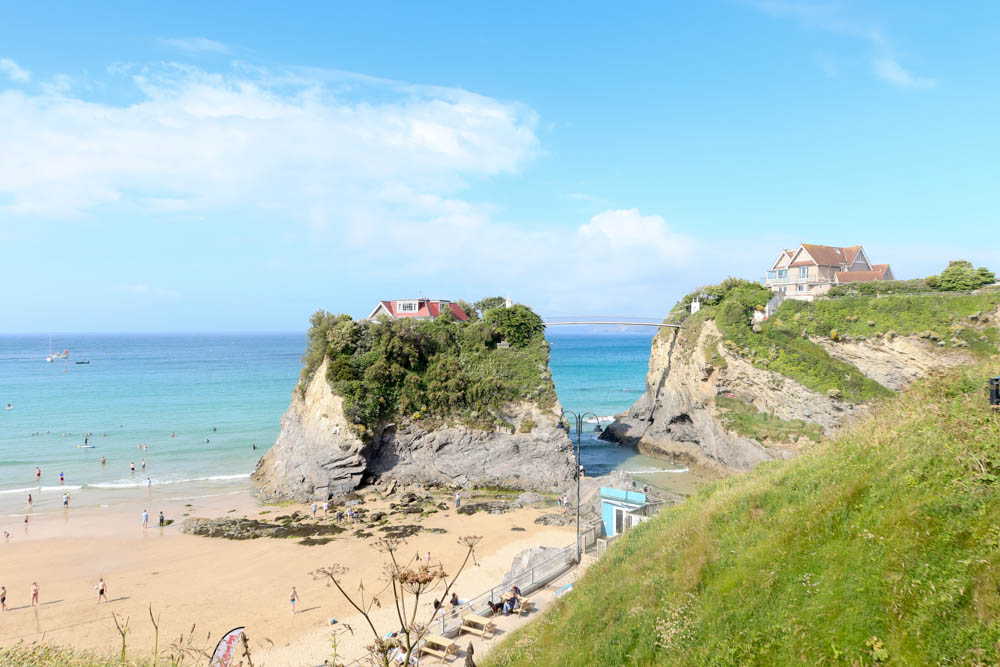
If Cornwall’s famous for one thing, it’s stunning beaches!
Cornwall’s coastline stretches over 422 miles, making it the county with the longest coastline in England.
In fact, Cornwall has more than 300 spectacular beaches!
Many of these, like Kynance Cove, Perranporth Beach and Widemouth Bay, are immensely popular, although there are lots of lesser touristy beaches that are ideal for the quieter summer months.
And in Cornwall, you’re never more than 16 miles from the sea
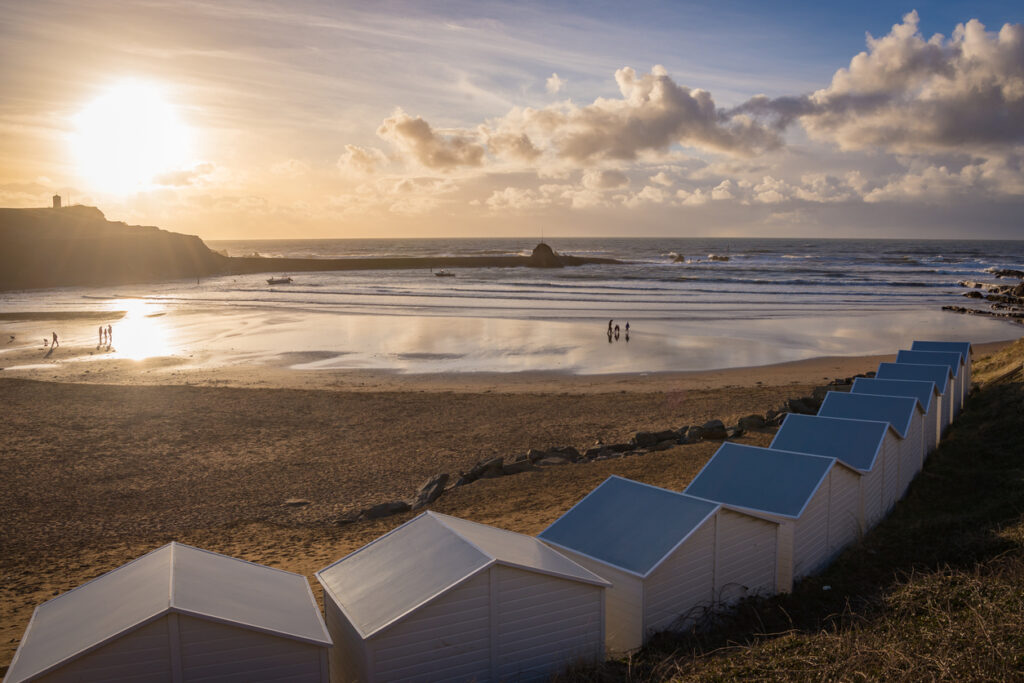
Thanks to Cornwall’s plethora of beaches and the fact that the region is a peninsula, you’re always less than 16 miles from the sea!
So, wherever you are in the Duchy, even in inland destinations like Bodmin and Launceston you’ll only be a short drive away from the beach.
In fact, one of my recommendations, if you want to save money in Cornwall, is that you stay a little inland and make day trips to the beach.
There are also some tropical islands in Cornwall!
Ok, so they aren’t technically tropical, but look at photos of the Isles of Scilly and you’ll feel like you’re looking at images of the Caribbean.
With towering palm trees on white sand beaches surrounded by bright blue water, the Isles of Scilly look like you’ve completely turned up the contrast on any beach trip.
Enjoy attractions like the Tresco Abbey Gardens, castles steeped in history and boat trips to see seals, Cornwall’s cutest animal.
You can reach the Isles of Scilly by taking a boat from Penzance or flying from Newquay, Land’s End or Exeter.
Cornwall has a mild climate compared to the rest of the country – while there aren’t usually heatwaves in the summer months like those that you’ll find in London, it also very rarely snows.
Cornwall is very nearly an island
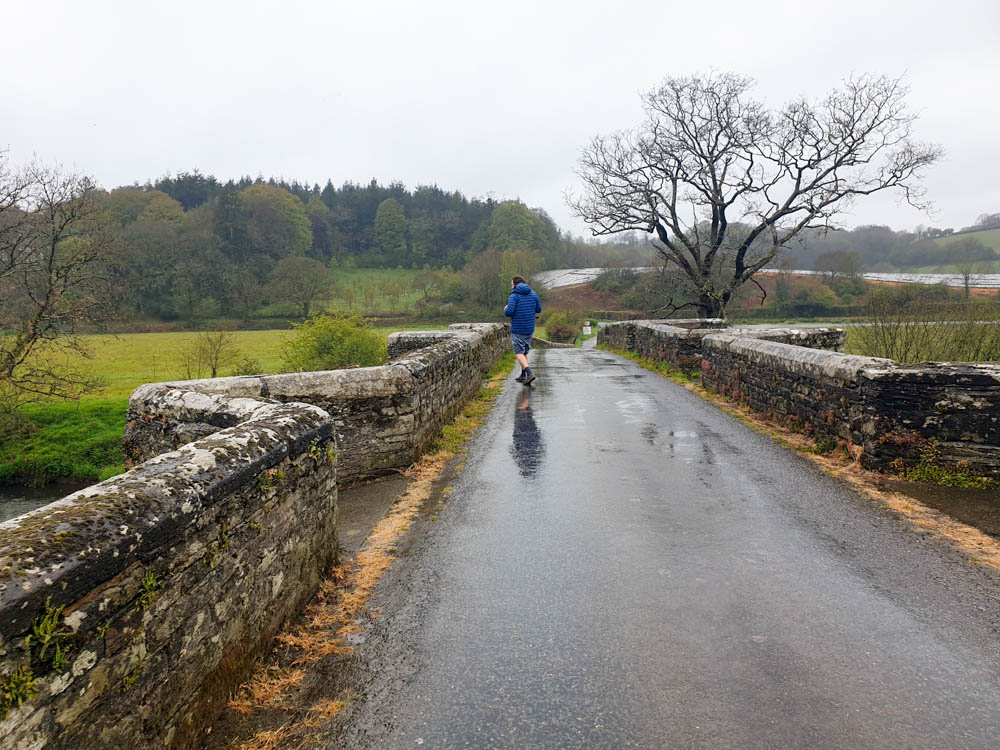
If it wasn’t for the six miles between the source of the River Tamar and the coast of North Cornwall, the county would be an island.
In fact, until Isambard Kingdom Brunel built the Tamar Bridge in the 19th century and the A38 bridge was built in the 1960s, there were limited places to get into Cornwall from Devon – one was the tiny Medieval Horsebridge, pictured above!
This added to Cornwall’s isolation throughout the centuries, which was a setting for Cornish culture to grow and thrive throughout the centuries.
One of Cornwall’s waves reaches over 30 feet

Cornwall and surfing go hand in hand, with countless beaches on the north coast, and a handful on the south coast as well.
In the winter months, there are plenty of beaches in Cornwall with dramatic waves, but the biggest by far is The Cribbar by Towan Headland near Newquay.
This wave, which you can see at the end of Fistral Beach, reaches up to 30 feet or nine metres.
You can see it at Headland Hotel, which offers storm-watching packages!
While it’s fun to watch, surfing should only be attempted by professionals.
Cornwall history facts
Cornwall has a rich and varied history, from its Celtic roots to its industrial past. Discover how the tin mining industry shaped the region, learn about the impact of the Cornish language, and explore the area’s connections to the sea with these fascinating facts!
Trains have origins in Cornwall!
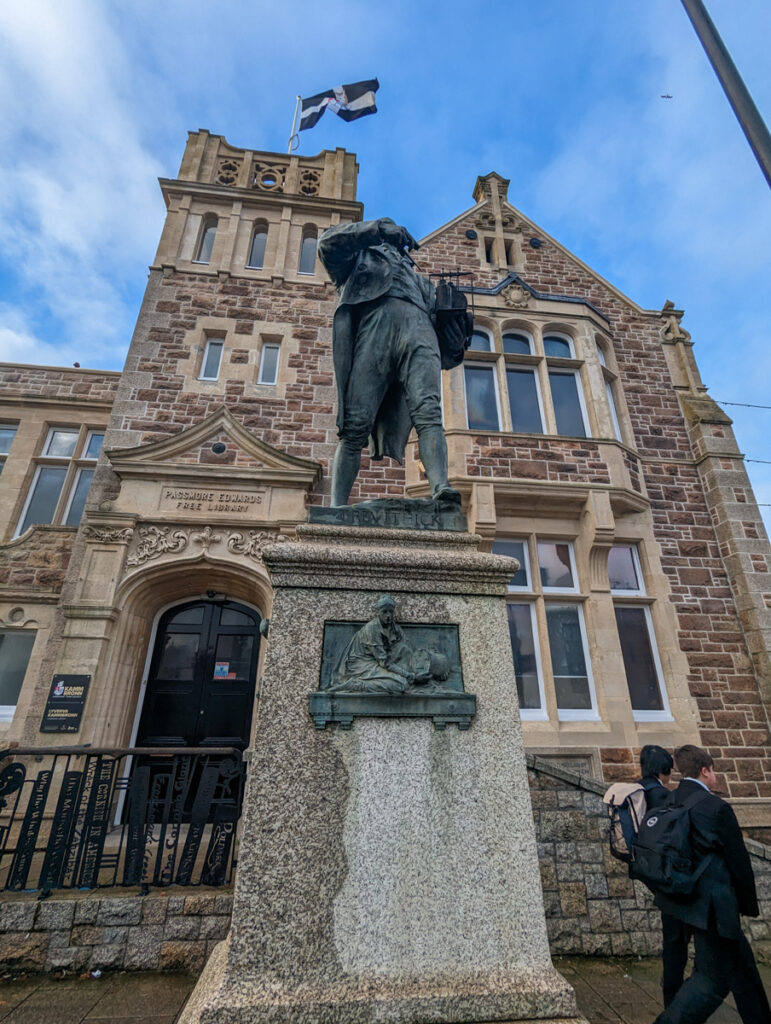
This is undoubtedly one of the most surprising facts about Cornwall: the origins of trains can be traced back to the region!
In the early 19th century, Camborne engineer Richard Trevithick built the first steam locomotive that was capable of hauling heavy loads.
This invention revolutionized transportation and paved the way for the development of railways all over the world – so next time you travel on the GWR or take the night train to Cornwall, think about Richard!
Bodmin Jail was a model jail for others in the country
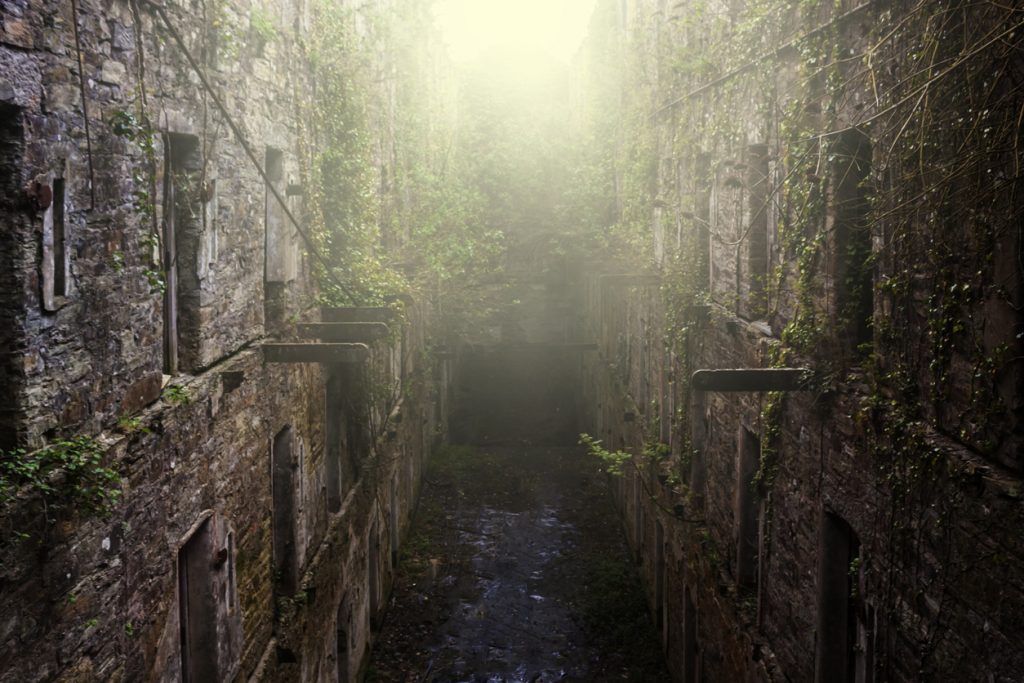
Bodmin Jail was built in the late 18th century and was considered a model for others in the country due to its innovative design and advanced facilities.
The prison was designed to house 500 inmates in separate cells, which was a major improvement over the overcrowded and unsanitary conditions of earlier prisons.
Bodmin Jail also boasted a chapel, a hospital, and a library, making it one of the most modern and well-equipped prisons of its time.
Despite its reputation as a model jail, Bodmin Jail was eventually closed in 1927 due to concerns about its condition and the high cost of maintenance.
Today, it’s an interesting dark tourist attraction and museum that offers visitors a glimpse into the history of the British penal system. You can take an immersive tour around the jail, learning about crime and punishment in Victorian Britain, or visit at your own leisure.
Check out the other best things to do in Bodmin by clicking here.
Cornish history and smuggling go hand in hand
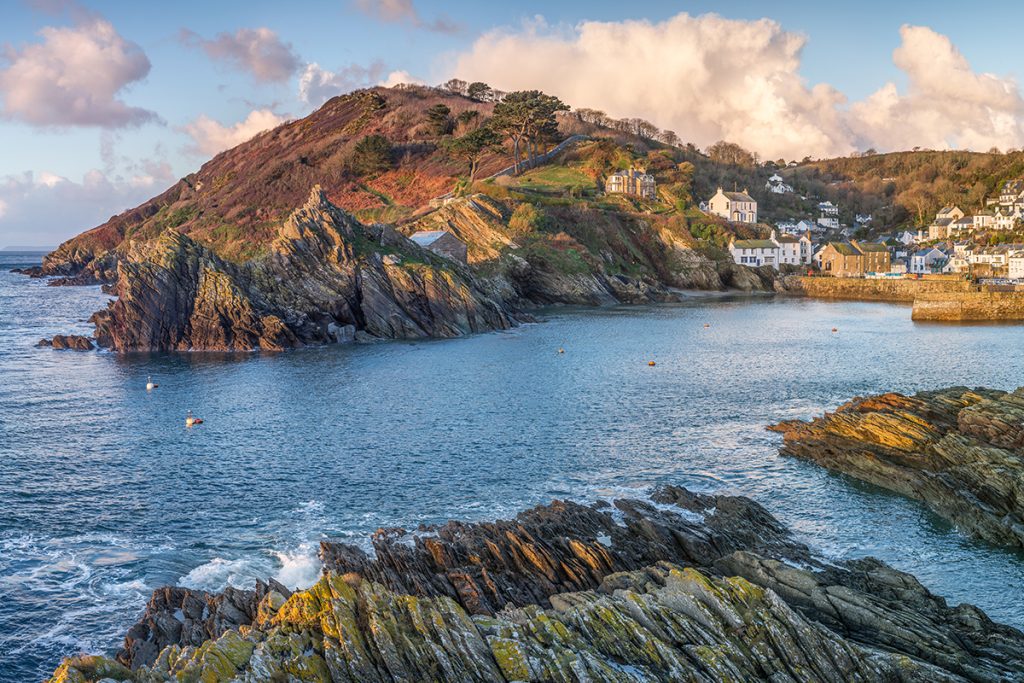
Cornwall’s rich history of smuggling dates back to the 18th and 19th centuries.
The county’s long coastline, hidden coves, and rugged terrain made it an ideal location for smugglers to hide their illegally imported goods, like as tobacco, tea, and alcohol – when imported legally, these were faced with high taxes.
Local communities relied on smuggling as a source of income, and it was often seen as a way to get around the high taxes imposed by the government.
Today, Cornwall still acknowledges its smuggling heritage with museums and tours, and they’re among the most fascinating activities in the region.
Cornwall was invaded by Barbary Pirates
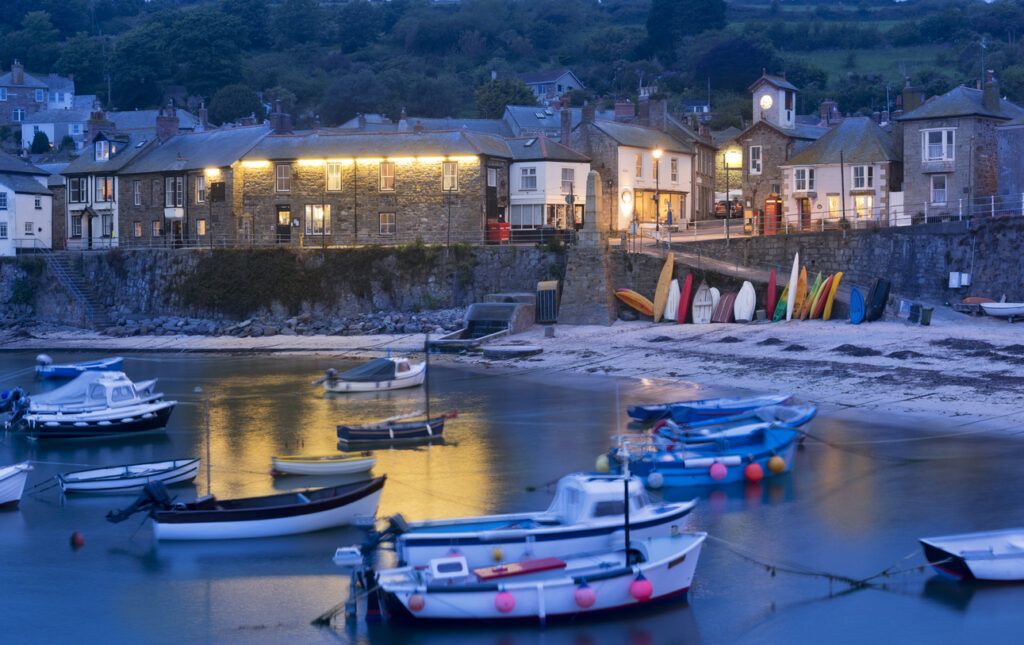
During the 17th century, Cornwall became a target for Barbary Pirates from North Africa.
South coast destinations like Mousehole and Looe became targets for these pirates who would raid coastal towns and villages, taking goods, livestock, and even people as slaves. The raids were often violent and brutal, leaving communities devastated.
The Barbary Pirates were able to launch these attacks due to the lack of defense and protection along the coast of Cornwall. The raids continued until the Royal Navy began to patrol the area and put an end to the pirate attacks.
The invasion by Barbary Pirates remains a significant part of Cornwall’s history and the impact of these raids can still be seen in the region today.
Cornwall myth facts
Cornwall is steeped in myth and legend, with tales of giants, mermaids, and even King Arthur. Here are some of the most fascinating Cornwall facts about myths that you’ll find fascinating when planning your trip here!
King Arthur hails from the county
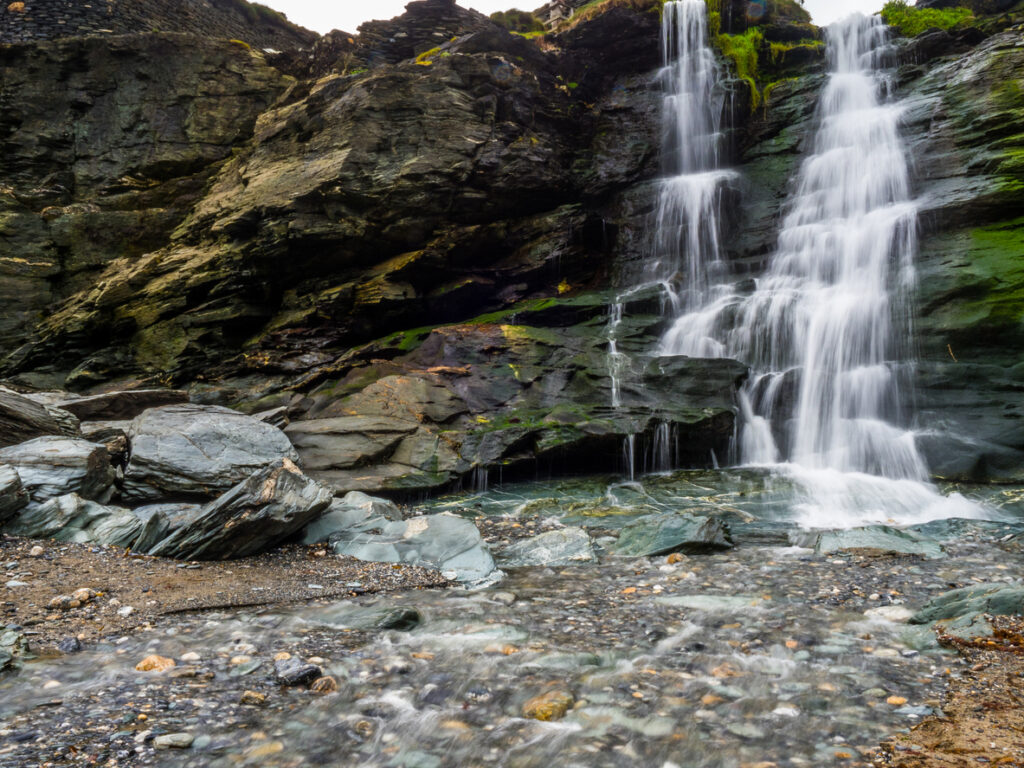
According to legend, King Arthur was a legendary British leader who defended Britain against Saxon invaders in the late 5th and early 6th centuries.
While there is much debate about whether or not King Arthur actually existed as a historical figure, many believe he was a real person who became the subject of myth and legend over time.
One popular theory is that King Arthur hailed from Cornwall, a county located in the southwestern part of England, however, this was really just popularised by Geoffery of Monmouth in the 13th century – fake news existed then too!
Cornwall has a rich history and culture and has been closely linked to Arthurian legend for centuries.
Many places in Cornwall, such as Tintagel Castle, are associated with King Arthur and his knights, making it a popular destination for tourists and history buffs alike.
There’s a beast that roams around Bodmin Moor
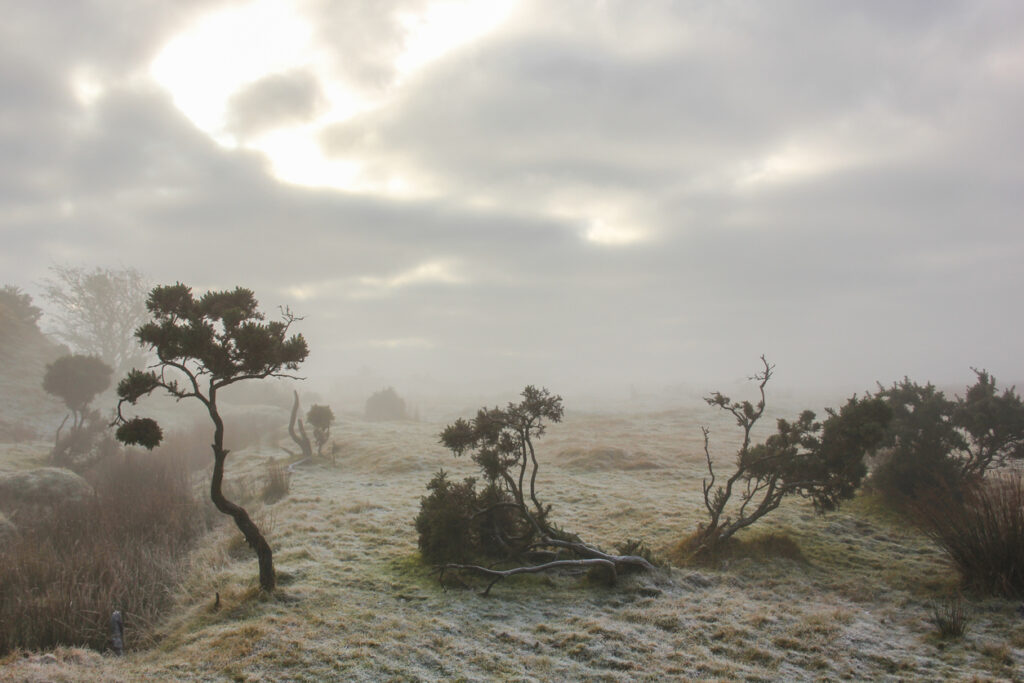
Bodmin Moor – a vast area in the centre of the Duchy – is known for its rugged beauty and mysterious legends.
One of the most famous legends in Cornwall is about a beast that roams around the moor, known as the “Beast of Bodmin”.
The legend dates back to the 1970s when reports of large, black cats started to surface, with some people claiming to have seen a panther-like creature roaming around Bodmin Moor.
Despite numerous investigations, the existence of the Beast of Bodmin remains unproven, but it continues to capture the imagination of locals and visitors alike!
There was a mythical kingdom between Land’s End and the Isles of Scilly
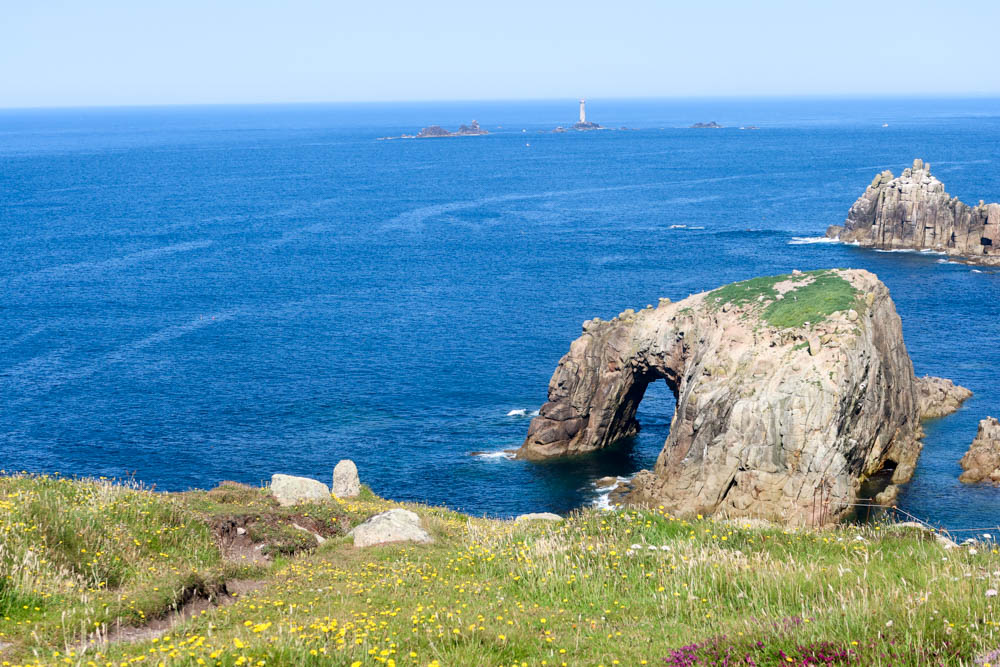
According to local folklore, there was a mythical kingdom between Land’s End and the Isles of Scilly. The kingdom was said to be ruled by a beautiful and powerful queen named Lyonesse.
However, the kingdom was said to have been swallowed by the sea, creating the Isles of Scilly. Some tales also suggest that the kingdom was destroyed by a great storm or a curse.
Despite the lack of evidence, the legend of Lyonesse and the lost kingdom still fascinates many people today – when you visit Land’s End you can look out over the sea and imagine it!
You’ll be fascinated by these Cornish facts!
I hope that this post has taught you a little more about the wonderful Duchy of Cornwall, with information about its mythology, culture and landscape.
I’ve been told most of these interesting facts about Cornwall by my family childhood, and I love continuing to detail them to other visitors to the most gorgeous part of the UK.
If you have any questions about Cornwall, feel free to reach out on Instagram!

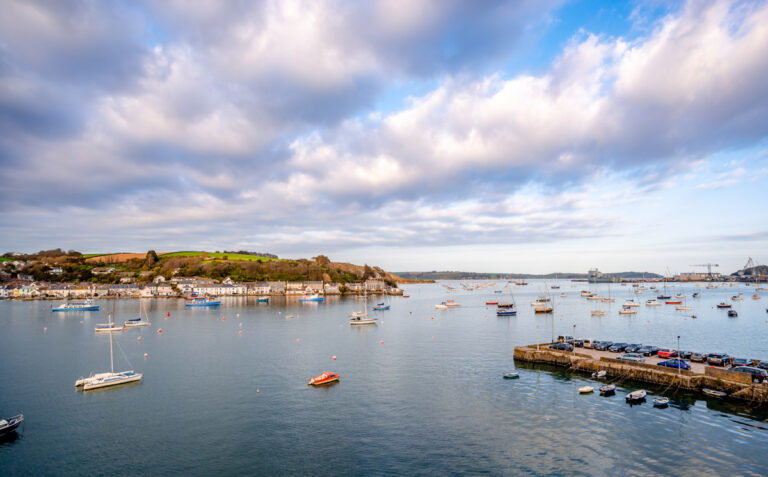
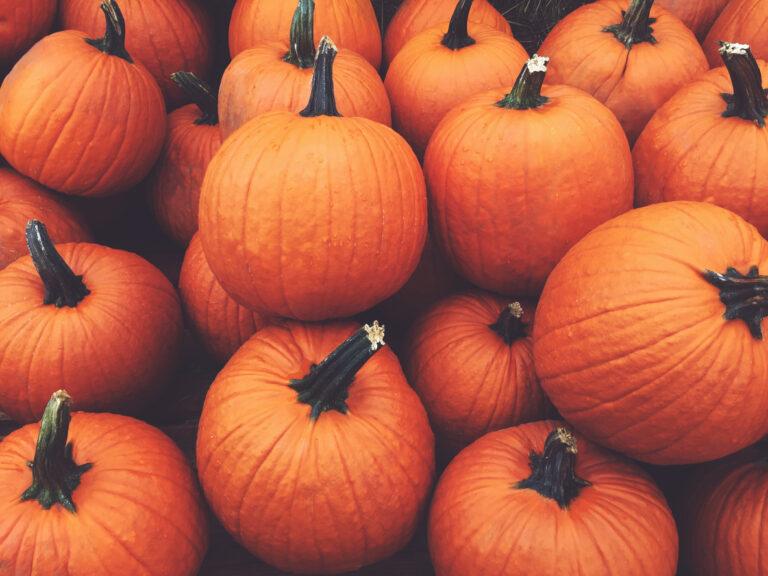
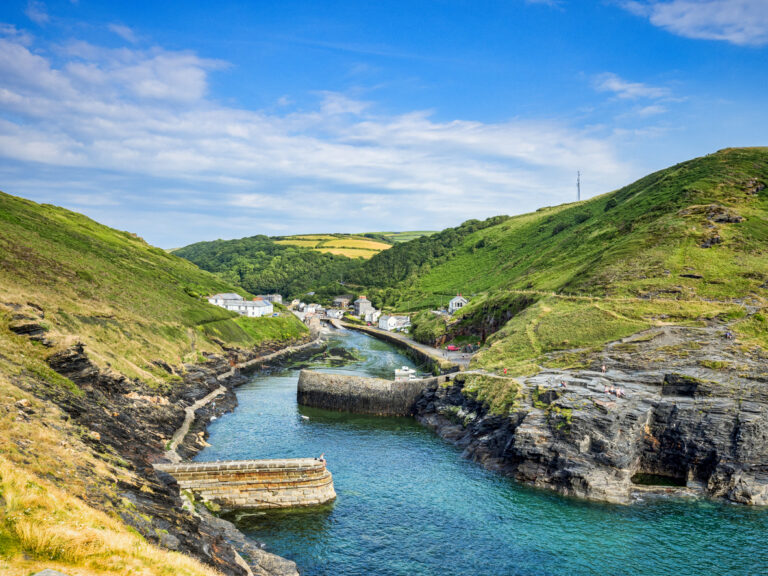
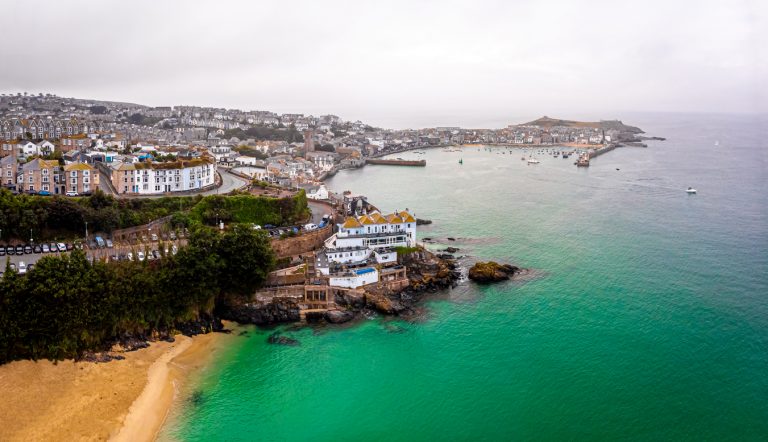
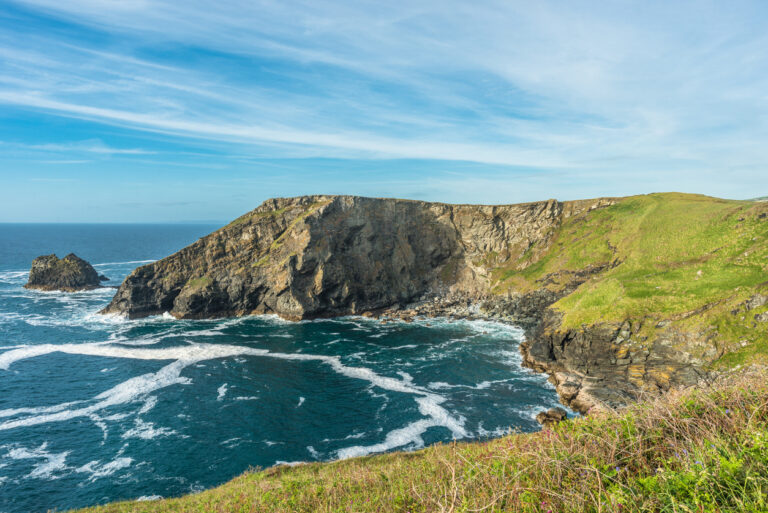
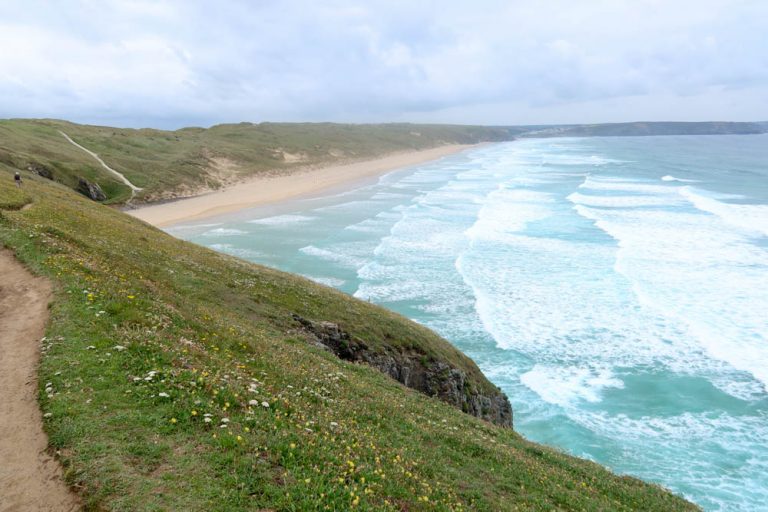
Just walking the south west coastal path , really interesting. Thankyou !